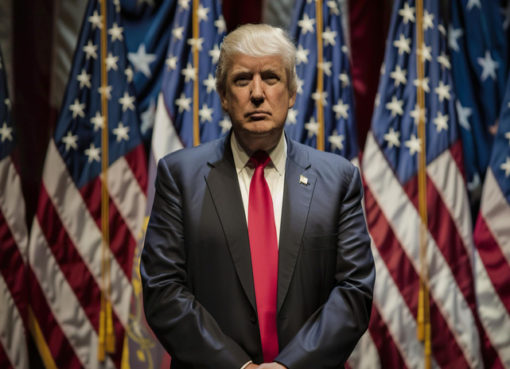Li Auto, a Chinese electric car manufacturing company, is going to raise up to $950 million in an IPO. The funds will be allocated for the company’s research.
Despite the growing U.S.-China economic war fueling tensions between the two countries, some companies are defying the situation to tighten their business grip. Among these sets of companies is Chinese electric auto manufacturer Li Auto which is set to go public in the U.S. come July 30. The 5-year-old automaker lans to raise $950 million in the Initial Public Offering (IPO). This figure could position Li Auto as the largest IPO listing by any Chinese firm in the U.S. this year.
Based on the company’s prospectus filed with the Securities and Exchange Commission (SEC). The IPO will see Li Auto sell out 95 million American Depositary Shares (ADS) at an indicative rate of $8 to $10. Each American Depositary Shares represents two Class A ordinary Shares and the underwriters for the IPO are Goldman Sachs Group Inc (NYSE: GS), Morgan Stanley (NYSE: MS), UBS Group AG (SWX: UBSG) and China International Capital Corp Ltd (HKG: 3908).
Li Auto IPO amidst Stiff Competition
There is an undoubted rise in the demand for electric vehicles around the world. The emergence of Li Auto as a predominantly SUV manufacturer has given it a niche within the industry. Li’s model car, the Li Xiang One entered into production in November 2019 and with the first deliveries made in China in 2020. The Li Xiang One is priced in the range $21,000 to $70,000 giving it a good price advantage over popular electric auto manufacturer Tesla Inc (NASDAQ: TSLA) whose vehicle pricing ranges from $40,000 to $100,000.
Over the coronavirus laden second quarter of the year, Li Auto was able to make an impressive 10,400 SUVs delivery slightly outpacing its Chinese competitor Nio Inc (NYSE: NIO) which delivered 10,331 vehicles. The company aims to offer customers “unparalleled value for money with the performance, functionality, and cabin-space of a large premium SUV but pricing close to a compact premium SUV” the company said as noted by Marketwatch.
Li’s strategy to beat its competition is many and one of such is its “range extender” technology which is a 1.2-liter turbocharged engine that runs an electric generator, offering additional power for its vehicle
Prospective Investors
Li Auto’s public listing is expected to be led by American private equity firm Hillhouse Capital which is billed to invest $300 million in the IPO. Alongside the IPO, Li Auto will raise an additional $380 million from a private placement of share simultaneously with the Initial Public Offering. In the private funding round, Li Auto’s major investor, food delivery giant Meituan Dianping will be participating via its British Virgin Islands-incorporated unit. In addition, TikTok owner ByteDance will also take a stake via its Hong Kong unit.
With the proposed share price of $8 to $10 and the expected cash raise, Li Auto will be valued at $7.6 billion while having an additional 1.7 billion shares outstanding after the offering. With the raised funds, Li Auto will be investing most of the proceeds raised for capital expenditures, as well as the research and development of new products. Such a new product includes its novel Li ONE extended-range electric sport-utility vehicles in its Chinese factory.
Li Auto is expected to begin trading on the Nasdaq as from July 31st under the ticker symbol ‘LI’.
Benjamin Godfrey is a blockchain enthusiast and journalists who relish writing about the real life applications of blockchain technology and innovations to drive general acceptance and worldwide integration of the emerging technology. His desires to educate people about cryptocurrencies inspires his contributions to renowned blockchain based media and sites. Benjamin Godfrey is a lover of sports and agriculture.




